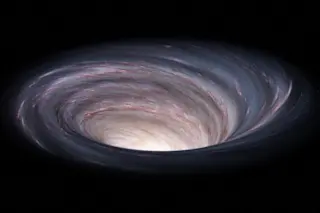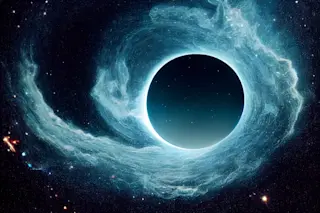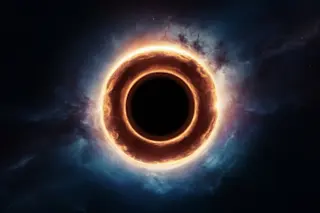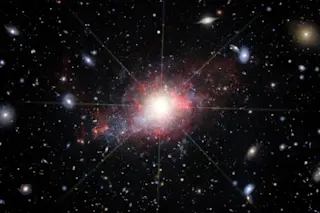On March 28, 2011, NASA's Swift satellite caught a flash of high-energy X-rays pouring in from deep space. Swift is designed to do this, and since its launch in 2004 has seen hundreds of such things, usually caused by stars exploding at the ends of their lives. But this time was hardly "usual". It didn't see a star exploding as a supernova, it saw a star literally getting torn apart as it fell too close to a black hole!
The event was labeled GRB 110328A --a gamma-ray burst seen in 2011, third month (March) on the 28th day (in other words, last week). Normal gamma-ray bursts are when supermassive stars collapse (or ultra-dense neutron stars merge) to form a black hole. This releases a titanic amount of energy, which can be seen clear across the Universe. And those last two characteristics are certainly true of GRB 110328A; it's nearly four ...













